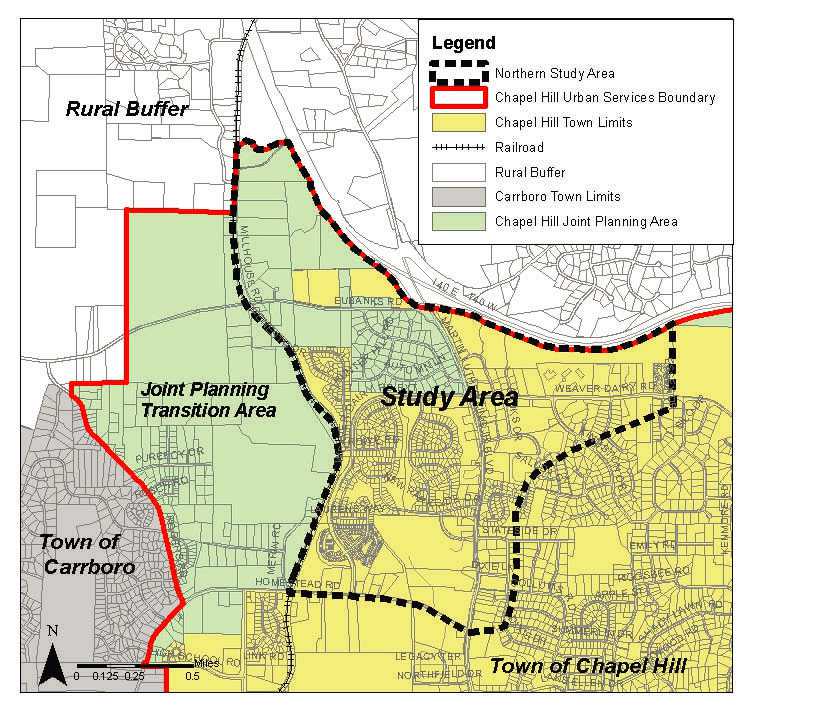Council has been quite patient with their development partner RAM Development.
The Lot $$$5 project has seen delay after delay, the basic tenets under which is was justified shifted substantially over that time. For instance, developers apparently didn’t need the Lot $$$5 project to whet their appetite for Downtown projects as three are on-going.
Even though Council has had opportunity after opportunity to cancel the project because of RAM’s contractual breaches, they have continued to support the fiscally imprudent project – a project which neglects the changing realities Downtown.
It is a shame that our Town’s leadership didn’t take the time to rework the project – fix its many policy and practical problems – during the long hiatus. Looks like it might be too late as, according to the Town’s PR flack, the clock has started ticking again:
Town gives 140 West go-ahead
Posted Date: 11/22/2010
The Town of Chapel Hill issued a zoning compliance permit on Friday, Nov. 19, for the 140 West project consisting of condominiums, retail and parking on Town-owned Parking Lot 5 at the intersections of Franklin, Church and Rosemary streets in downtown Chapel Hill.
This is the regulatory action that is required for the project to start work.
“Our primary interest in our review of the developer’s submitted plans was safety for all users of the public rights of way, as well as the possible impact on nearby residents and businesses and the safety of the workers on the site,” said Town Manager Roger L. Stancil.
As part of the permit review, Town staff reviewed information submitted by the developer and additional information provided by residents and business owners who were interested in the project. A public meeting was held in July to solicit comments and concerns.
The project includes 140 homes (18 of which are in a trust for affordable housing), 26,000 square feet of ground-level retail space and 337 parking spaces. Ram Development Co. is the project developer, and the general contractor is John Moriarty & Associates Inc. Completion is projected in about two years.
The 140 West Franklin building will stand four stories tall along the street and steps back to eight stories tall at the center. The project includes 140 homes (18 of which will be dedicated to the Community Home Trust), 26,000 square feet of ground-level retail space and 337 parking spaces. There will be a two-level parking deck including a dedicated public parking level which will be owned and operated by the Town of
Chapel Hill. The project also will feature a large outdoor public plaza with art by landscape artist Mikyoung Kim.
The municipal parking lot at the site is expected to close on Jan. 16, 2011. The Town has anticipated a need for replacement spaces downtown and developed a plan to replace all hourly spaces being temporarily
lost due to construction. Please see attached map map.
Parking in Downtown Chapel Hill includes the following:
On-street parking spaces on West Franklin Street: The Town negotiated with the North Carolina Department of Transportation to provide 14 new on-street parking spaces on West Franklin Street.
West Rosemary Street: The West Rosemary Street Lot (formerly Lot 4) is located west of Old Town Hall. The Town has paved and striped the lot, and has installed hourly meters for 17 spaces in that lot.
West Franklin-Basnight Lot: The Town has leased 66 spaces for hourly parking in the West End behind the old University Chrysler building. (These spaces are currently being used as monthly parking. We plan to
convert them to hourly parking as need dictates.)
415 West Franklin Street: The Town has converted 8 leased spaces in this lot to hourly parking.
The developer initially proposed closing Church Street for the duration of the project, or about 24 months. They also proposed closing the sidewalk along the Franklin Street frontage of the project and installing a mid-block crosswalk on Franklin to redirect pedestrian traffic. The SUP stipulations dictated additional sidewalks for the north side of Rosemary Street and the west side of Church Street along the limits of the project. The approved SUP also includes plans that show Church Street being closed during construction.
The approved construction plan anticipates closing Church Street for about 12 to 15 months, including closing the street later and opening one lane of the street earlier than originally proposed. In addition,
the dimensions of the closed area were modified to preserve better visibility of the businesses at the corner of Franklin and Church Streets and we will provide a new, temporary loading area in front of that same building by relocating a bus stop farther west on Franklin Street.
The Franklin Street sidewalk will remain closed to allow trucks entering the site to be segregated from both vehicles and pedestrians along the street. The sidewalk on Church Street will remain open during construction so access to the offices that front on Church Street can be maintained.
The Town has created a new dedicated web page for construction information and timelines at www.townofchapelhill.org/140west
For more information, please contact:
Jon Keener, Ram Development Manager, 919-942-3381 or 888-310-1409
Jay Gibson or Mike Taylor, Town of Chapel Hill Engineering: 919-968-2833
Catherine Lazorko, Town of Chapel Hill Public Information: 919-969-5055
E-mail: 140west@townofchapelhill.org

